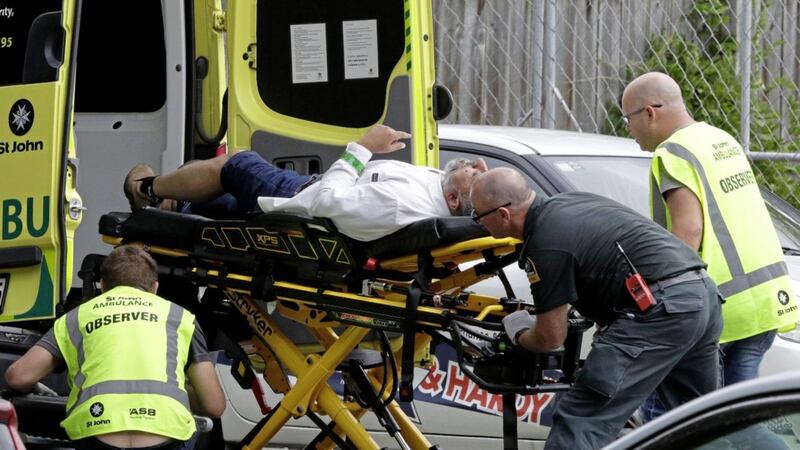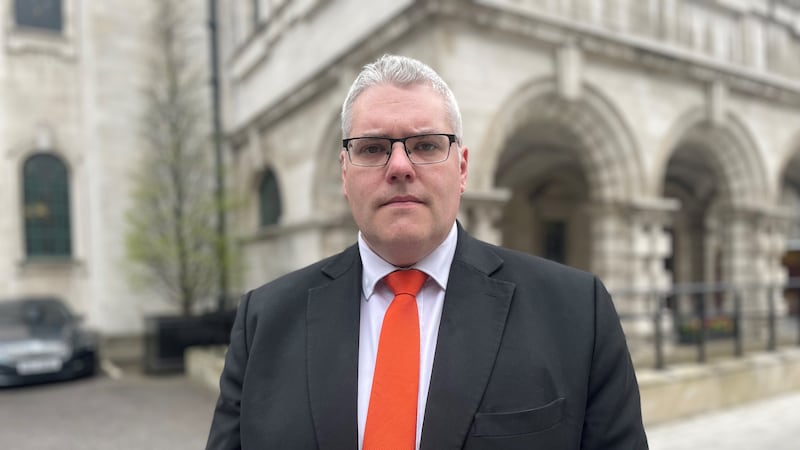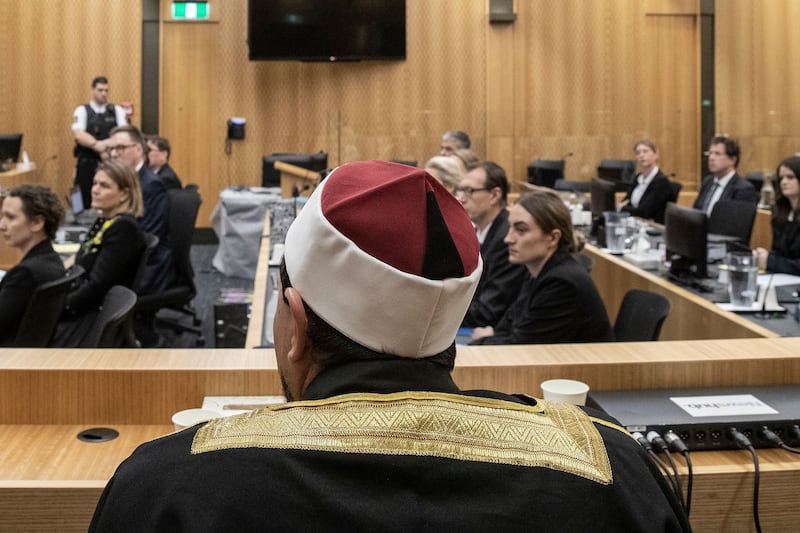AS I write this column the news has just broken about the shootings in Christchurch.
It sounds like a scene from Dante’s Inferno. All murder is wrong but there is something almost demonic about murdering people at their place of worship.
One report says a police officer tried to tackle the gunman, who fired at him and then took aim at a small girl.
Forty-nine people have been reported dead at the time of writing.
These murders were carefully planned. It was not mindless mayhem. It was the work of a twisted but determined murderer, with or without accomplices.
It is the type of terrorist attack against which there is no real protection.
Mosques and churches have open doors. All are welcome. The people killed were innocent. They appear to have been targeted simply because they were Muslims.
Three years ago, in the small church of Saint-Étienne-du-Rouvray in Normandy, 85-year-old priest Fr Jacques Hamel was ordered to kneel before his altar and had his throat slit while the perpetrators screamed “Allahu Akbar”, an Arabic phrase which means “God is the greatest”. The murder was medieval in its execution but in a 21st-century twist, they recorded the dastardly act on their mobile phones.
Fr Hamel was an innocent. To his Islamist killers, Fr Hamel was a legitimate target simply because he was Catholic.
Of course we are no strangers to murders or violations occurring within or close to places of worship. The sanctity of churches has long been destroyed.
Mary Travers was shot dead by the IRA as she left St Brigid’s Church in Derryvolgie.
Her father survived despite being shot six times. He was a magistrate. Mary was a 22-year-old teacher.
Sinn Féin’s spinmeister at the time described her killing as “tragic and regrettable”.
Apart from being crass, he said nothing about the violation of shooting people coming from their place of worship.
The Catholic Church of Christ the King in Limavady was bombed by loyalist paramilitaries in 1981.
St Colman’s Catholic Church in Greenisland was burned down. The late Fr Hugh Murphy, an RAF chaplain and parish priest of Ahoghill, was kidnapped by loyalists hell-bent on killing him but luckily public outrage saved his life.
And who could ever forget the attack on the service at Mountain Lodge Pentecostal Church at the aptly namely Darkley in 1981? Three republican gunmen burst into the service and as the congregation sang ‘Are you washed in the Blood of the Lamb?’ they mowed down three elders at the door of the church and then sprayed indiscriminately the wooden structure of the building with women and children inside, injuring seven more worshippers.
In some ways it doesn’t matter where or how one is killed; going to work, teaching in front of a class, attending a lecture, driving a lorry, delivering the post, gigging around the country, watching TV or simply having a drink in a pub. We have examples of murder in every situation by paramilitaries of every hue and, in some cases, by members of the security forces too.
Back in the day, some commentators and politicians in condemning murders tended to talk about them as being “senseless” or “mindless”. But nothing could be further from the truth. Very few of the 3,500-plus murders in Northern Ireland during the Troubles were either senseless or mindless. They were planned and executed by cold, clear-headed murderers who had a sense of purpose and who ruthlessly covered up and denied involvement in such murders.
Then the murders were often defended and justified by mealy-mouthed paramilitary apologists, who although draft-dodgers themselves could heap further hurt onto victims families by demonising and dehumanising the victims as they lay in hospital morgues or bin liners by the roadside.
It was chilling to hear a former army major admit he was “uncomfortable” knowing that one of the Ballymurphy victims lay in a field for several hours after being shot.
One of the great tragedies of having emerged from prolonged conflict is that because of the scale and horror of what we actually lived through we have become inured to violence.
So much so, that even when police report that approximately 150 people per annum are arrested under the Terrorism Act or that there are between 50 and 70 paramilitary casualties each year, we are blinded to it.
Then something like Christchurch happens, and all those horrors flood back.









